Fort William, Inverness-shire, Scotland
This evening, I am posting information on Fort William in the Scottish Highlands.
The history of this town can be traced back to an English (Cromwellian) wooden fort built in 1654 to subdue the local clan (Clan Cameron). No doubt influenced by its strategic location on the line of the Great Glen, the fort was rebuilt to counter the series of Jacobite uprisings which occurred between 1688 and 1746. The town underwent numerous name changes starting with William (after King William of Orange) and ending with another William, this time Prince William who, as Duke of Cumberland headed the victorious British 'redcoat' army at Culloden in 1746.
Site of military fort
The military fort was positioned on the eastern shore of Loch Linnhe, a sea loch which facilitated supplies via the sea. The basic foundations of the fort can still be seen whilst the former entrance arch was relocated to the local cemetery nearby.
More information on Fort William:
- Population 10,450.
- Located about 109 miles north of Glasgow in the Highlands region.
- Marketed, with some justification, as Scotland's 'outdoor capital'. There is mountain biking and skiing (in season) at nearby Aonach Mor, mountain climbing in the Nevis Range which includes Ben Nevis (4409 feet above sea level), Britain's tallest mountain and extensive hiking opportunities. Fort William is at one end of the West Highland Way, a 109 mile hiking trail between the town and Glasgow to the south.
- Fort William provides access to nearby Glencoe, Glenfinnan and the Isle of Skye and Loch Ness.
- The town is very tourist orientated and well endowed with a wide and extensive range of accommodation.
- Fort William can be accessed by rail and road including regular bus services. Visitors can connect with the famous Jacobite Express steam train ( aka 'Harry Potter train') which, during the tourist season, runs services between Fort William and Mallaig to the west. This is deemed by some to rank as one of the world's great rail journeys.
- On the outskirts of Fort William can be found a well established whisky distillery named Ben Nevis.
Loch Linnhe (31 miles long) at Fort William
Downhill mountain bike racing on Aonach Mor
Ben Nevis Distillery
Official end (or start) of West Highland Way
Glen Nevis, easily accessed from the town
High Street, Fort William
Entrance arch to former military fort.
Jacobite Express
West Highland Way
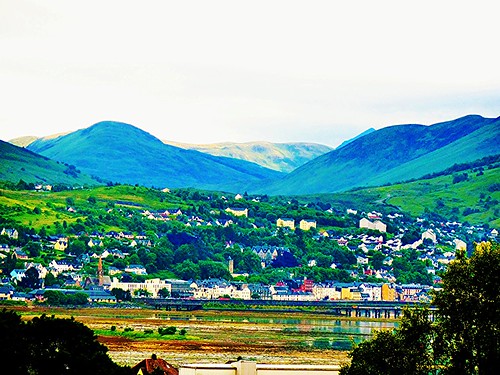
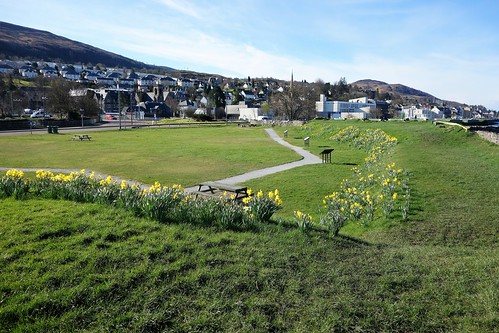

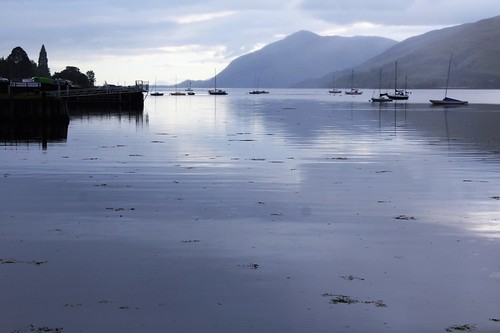




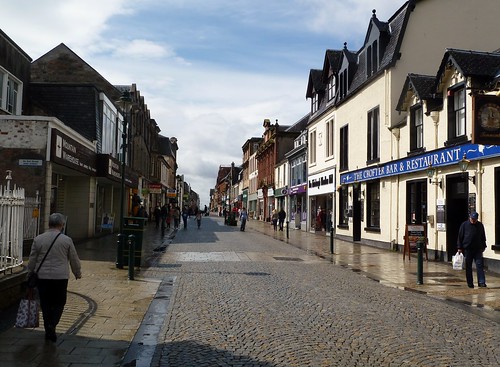
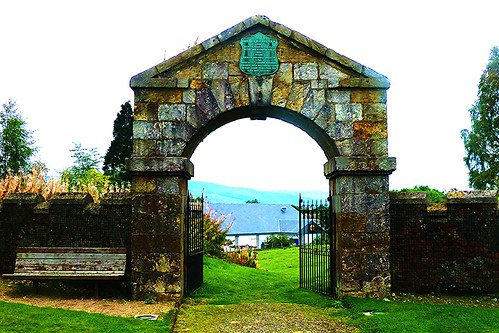



Comments
Post a Comment